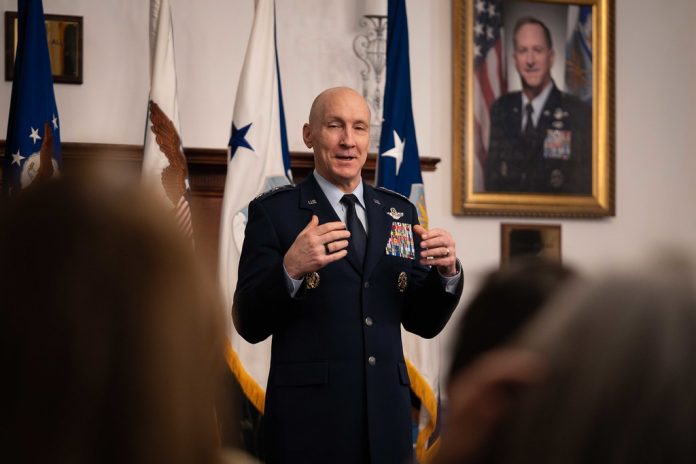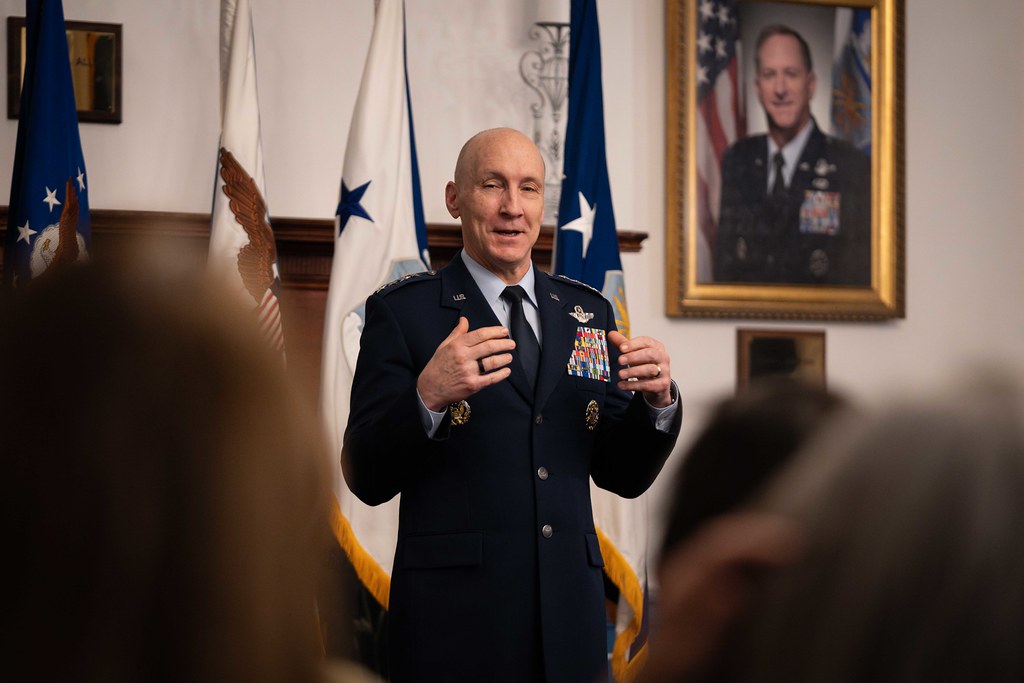
The thread of thread measure U.S. Space Force and Air Force exercise ever held in the Pacific or post-Cold War was hosted this summer, 3,000 miles of sea and over 12,000 soldiers, 500 planes, and seven allied nations. “No shock, we tested the system to its limits by bringing in the largest scale exercise in the Pacific since the Cold War,” said Air Force Chief of Staff Gen. David Allvin, describing the Department-Level Exercise’s (DLE) purpose of testing the ability to deploy, sustain, and redeploy at scale in the Indo-Pacific.
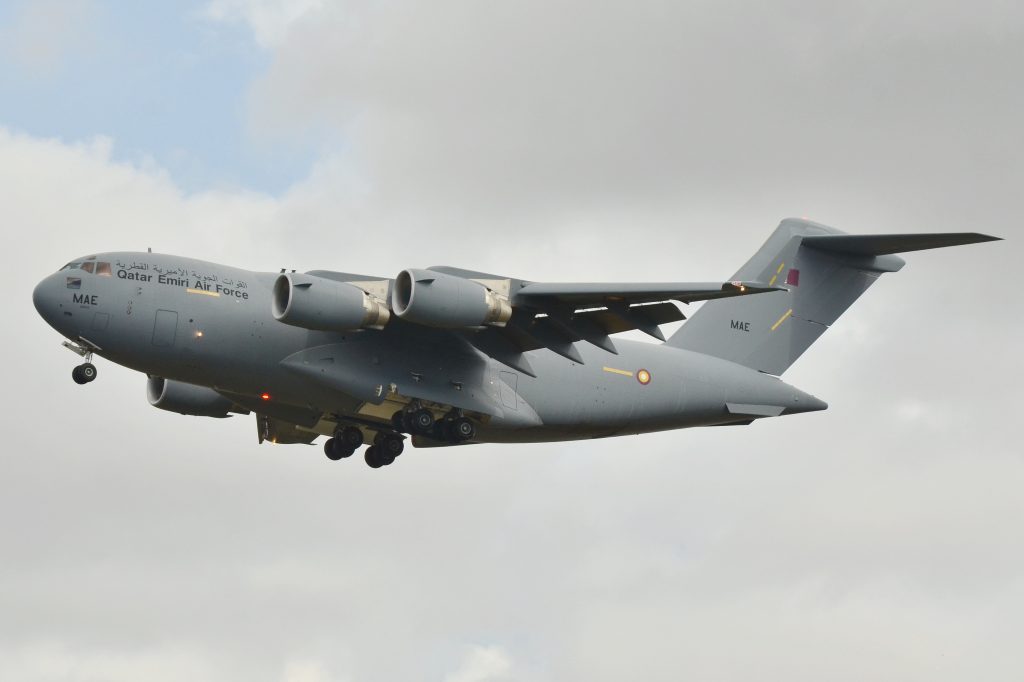
1. Mobility Guardian 2025: Engineering the Pacific Air Bridge
The mobility foundation for the DLE was Mobility Guardian 2025, which moved over 7,000 soldiers and 5,000 tons of equipment into theater in seven days utilizing 85 mobility aircraft. C-17 Globemaster III and C-130 Hercules airlift transport planes crossed the Pacific with KC-135 and KC-46 tankers. In a single outstanding operation, an Alaska-based 10-ship Guam tanker train refueled six C-17s carrying 400 paratroopers from Alaska to Australia for a live jump within 48 hours. Air Mobility Command also experimented with in-flight secure internet use, enabling live reporting of missions vital to respond to shifting threat scenarios.
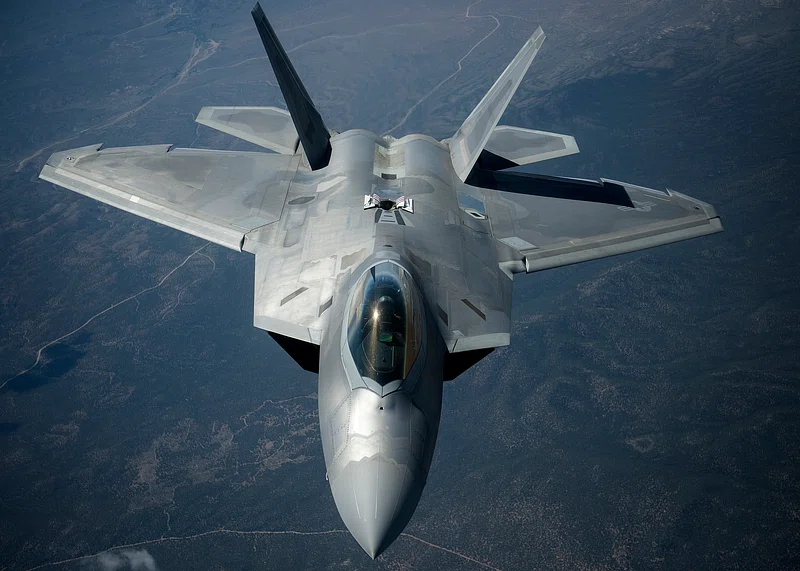
2. Resolute Force Pacific: Sustaining Combat in Contested Skies
The REFORPAC capstone exercise combined F-16s, F-22 Raptors, F-35 Lightning IIs, B-52 Stratofortresses, and the F-15EX Eagle II. Missions included defensive counter-air to maritime strike, with pilots conducting 700-mile sorties to tankers before conducting objectives and flying back home through tropical storms. Live ordnance was dropped in the western Pacific, and rapid-reaction airfield damage repair teams rebuilt simulated bombed runways, demonstrating the engineering tempo required to maintain sortie generation in contested environments.
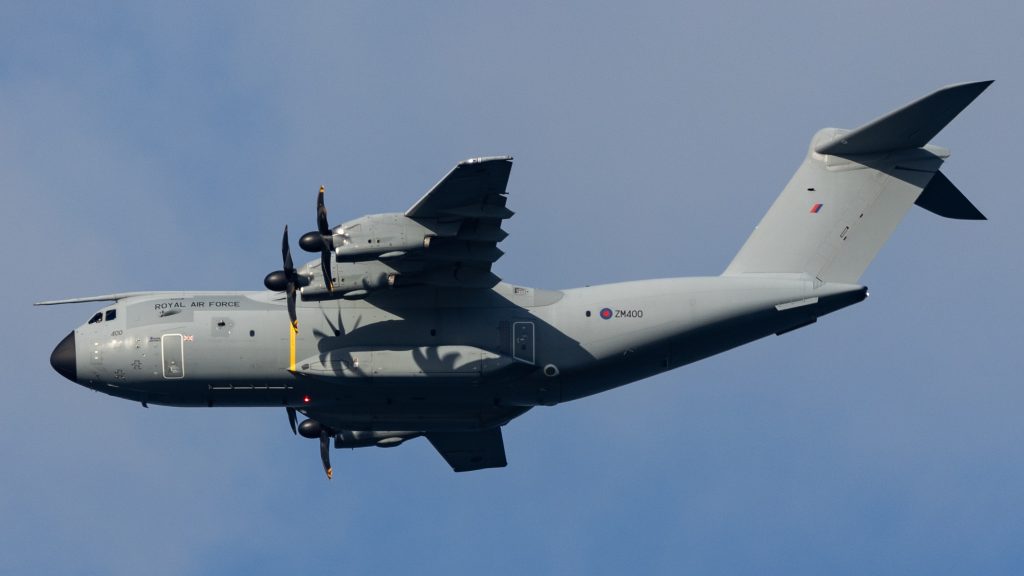
3. Emerald Warrior 25.2: Battlefield Medicine and Special Operations
Special Tactics Air Force units conducted airfield captures off Royal Air Force A400M Atlas aircraft and executed free-fall parachute jump deployments from Marine Corps Air Station Yuma. Medical surgical special operations soldiers, as well as Czech troops, conducted mass casualties in remote environments, such as on MC-130J Commando II aircraft and on the high seas. “We establish confidence here, refine our communications skills, and coordinate our plans so we can act promptly and effectively,” said task group commander Lt. Col. Tyler Rhyne.
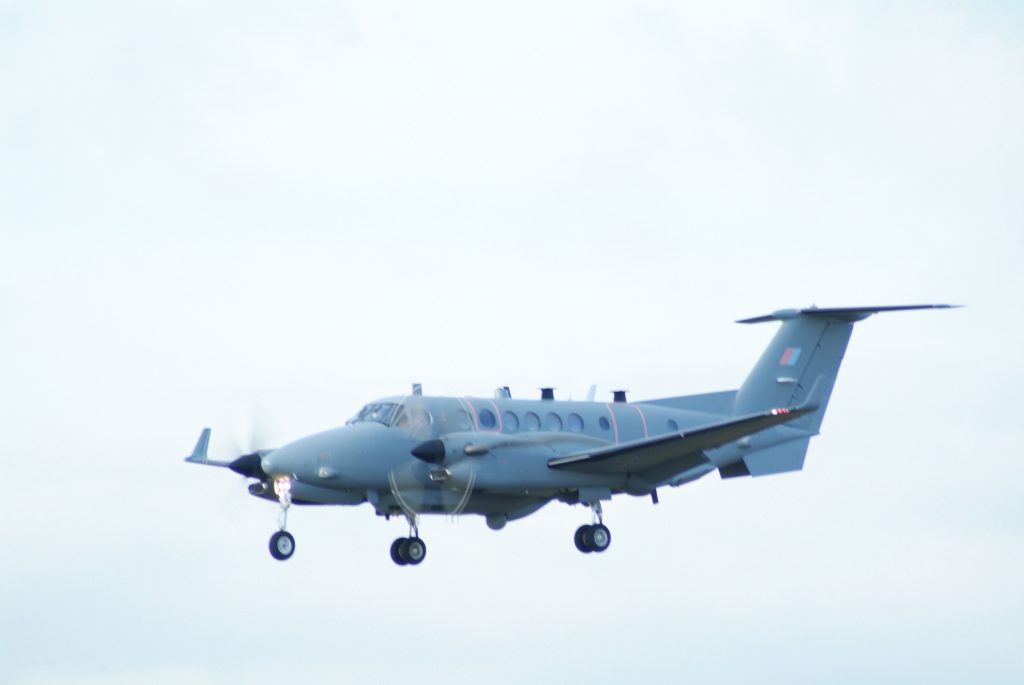
4. Bamboo Eagle 25-3: Command and Control Innovation
At Kirtland Air Force Base, the Distributed Mission Operations Center synchronized more than 100 aircraft from 15 locations, combining live, virtual, and constructive (LVC) training. Scenario needed joint force synchronization of ISR assets, refueling, and cyber effects. “A strike package can be dependent on ISR from one asset, refueling from another service, and cyber effects, each demanding a distinct level of trust and alignment,” Lt. Col. Sajjad Abdullateef explained.
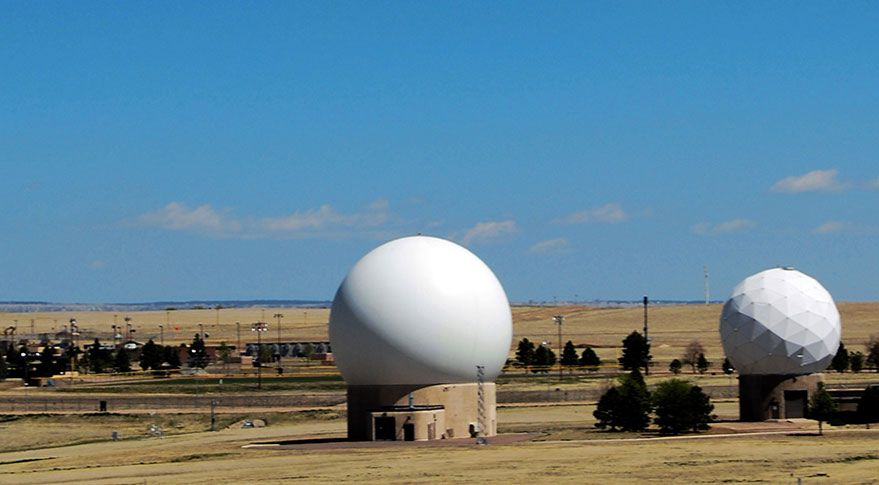
5. Resolute Space 2025: Space Warfare at Operational Scale
Resolute Space 2025 was the biggest exercise to date for the Space Force and was held with more than 700 Guardians at Joint Base Pearl Harbor-Hickam, Peterson, Buckley, and Schriever Space Force Bases. The exercises integrated space electromagnetic warfare, orbital warfare, and cyber warfare in the larger context of REFORPAC. The aggressor squadrons imitated jamming, navigation signal degradation, and cyber attacks. Our mission is to produce an usable, realistic, knowledgeable threat replica for blue to bleed through, said Lt. Col. Shawn Green, 527th Space Aggressor Squadron commander.
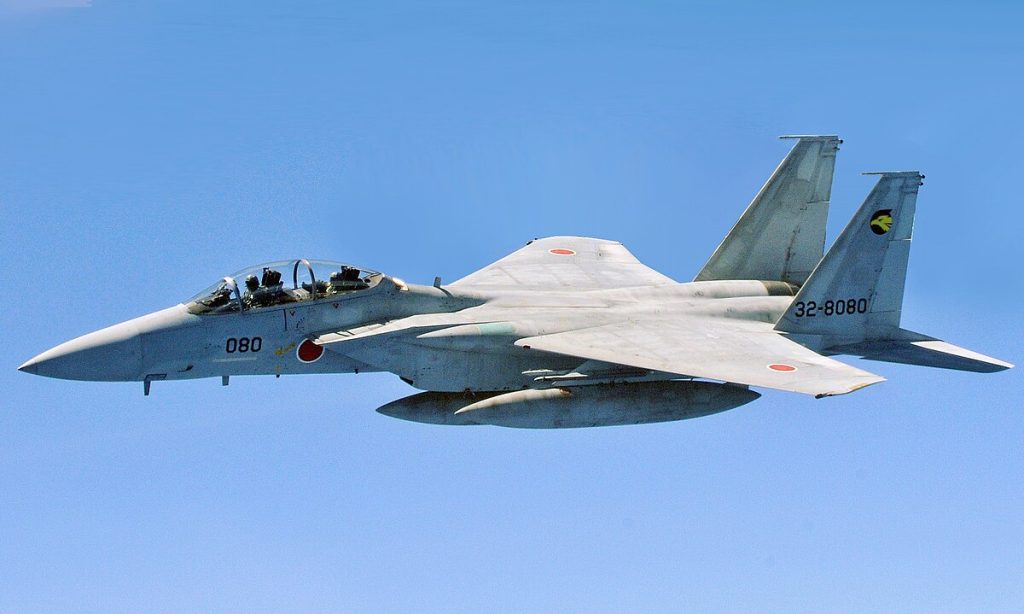
6. Allied Interoperability Across the Indo-Pacific
UK, Australian, New Zealand, Japanese, Canadian, and South Korean assets flowed into operations effortlessly. Allied aircraft such as Australia’s KC-30A refueling aircraft and Japan’s F-15Js flew alongside U.S. assets from more than 50 geographically isolated locations. Exercise replicated the complexity of coalition combat, where common data links, interoperable air refueling, and coordinated mission planning are as important as fire power.
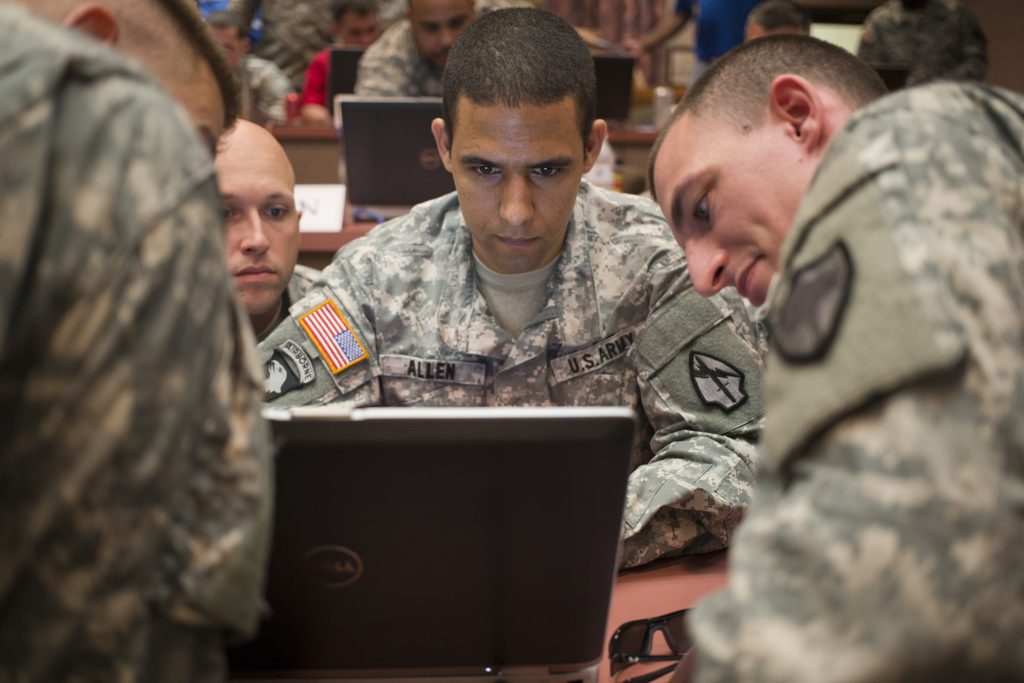
7. Cyber and Electromagnetic Integration
Cyber warriors collaborated with space and air operators to present effects in near-real time into the battlespace, ranging from disrupting mock enemy communications to protecting networked command nets. Space Force’s Transportable Range Operations Center provided controlled electromagnetic effects without interfering with civilian spectrum users, achieving maximum precision required for spectrum dominance in conflict.
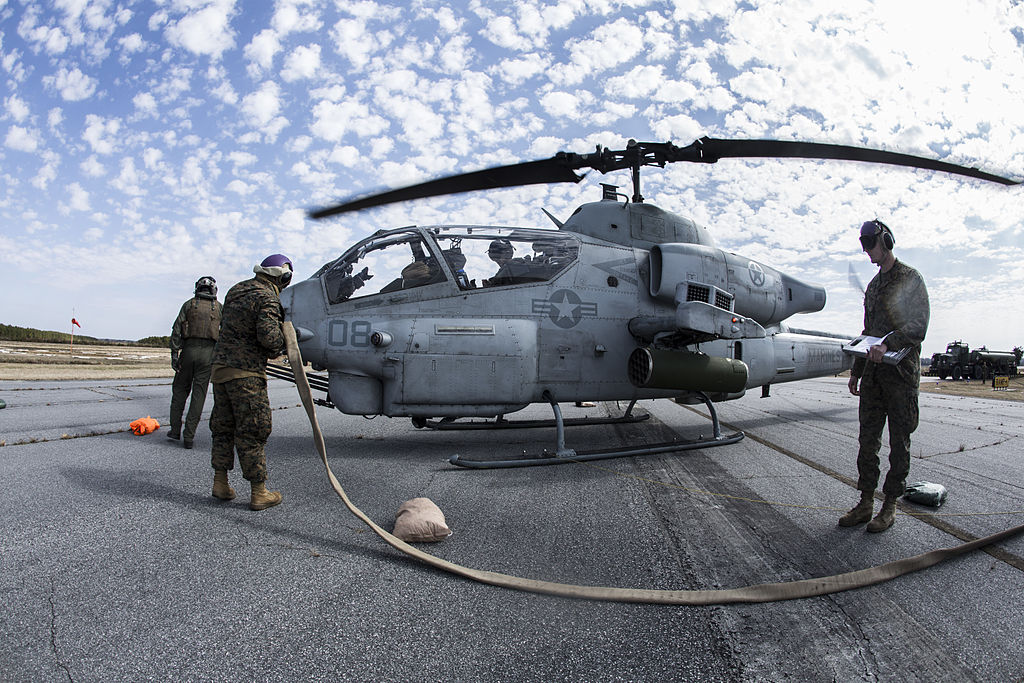
8. Engineering Challenges of Distributed Operations
Flying over over 3,000 miles of ocean required quick runway repair teams, airborne refueling bladders, and typhoon-resistant deployable shelters. Mobility Guardian’s capability to create forward arming and refueling points (FARPs) on distant islands enabled fighters to reach further without having to lean on large, exposed bases.
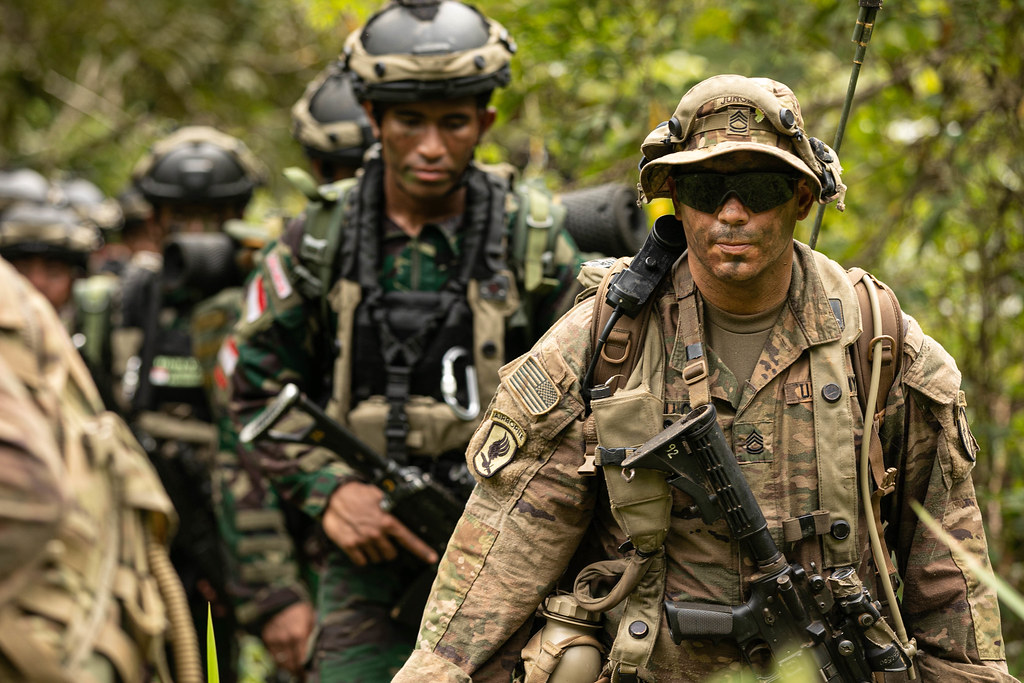
9. Indo-Pacific Strategic Significance
The size and scope of the DLE was a stern message of deterrence. “Training this way with the Joint Force, partners and allies in real operating environments with distributed operations is how we integrate capabilities to overcome any national security challenge,” Air Force Secretary Troy Meink said. Employing multi-domain capabilities air, space, cyber, and electromagnetic the exercise showed the U.S. and its allies can strike all aspects of the battlespace in the Indo-Pacific.
